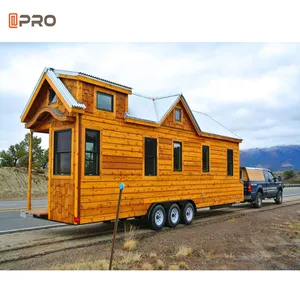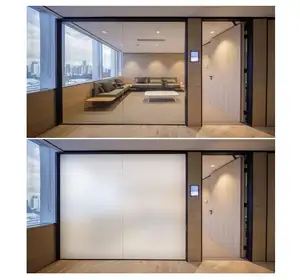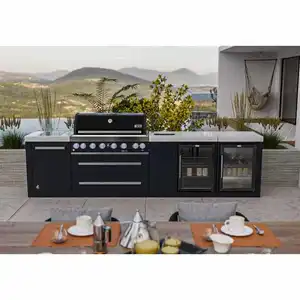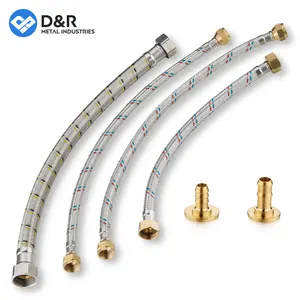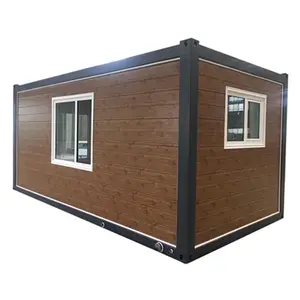Popular in your industry























































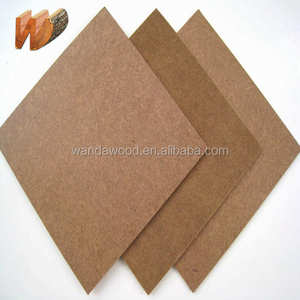





















Related Searches:





















































































































































Top categories
About fibreboards
What are Fibreboards
Fibreboards are engineered wood products fabricated from wood fibers bonded together with adhesive under heat and pressure. They serve a critical function in the construction and furniture industries due to their versatility, affordability, and consistent quality. These boards are widely used by manufacturers, builders, DIY enthusiasts, and even artists due to their ease of use and manipulation. Fibreboards come in various densities, which determines their strength and rigidity, making them suitable for a range of applications from structural to decorative purposes.
The production of fibreboards typically involves breaking down hardwood or softwood residuals into wood fibers. These fibers are then mixed with wax and a resin binder, and formed into panels by applying high temperature and pressure. The resulting boards are smooth and uniform, which makes them an excellent substrate for veneering or applying laminates. The uniformity of fibreboards also makes them ideal for precision work where consistency is key, such as in cabinetry or furniture making.
Fibreboards can be classified based on their density, moisture resistance, strength, and the type of resin used to bind the fibers. These classifications determine the suitability of the board for various environments and uses. For example, some fibreboards are specifically designed to withstand high humidity areas such as bathrooms and kitchens. As a material choice, fibreboards provide an environmentally conscious option as they often make use of wood by-products and recycled materials.
Types of Fibreboards
Fibreboards come in a multitude of types catered to different applications and requirements. Here's an overview:
Medium Density Fibreboard (MDF): This type is known for its strength and versatility. MDF is denser than plywood and is often used for furniture and cabinetry due to its smooth surface that is ideal for painting or veneering.
High Density Fibreboard (HDF): HDF boasts a higher density than MDF, which makes it even stronger and more durable. It's commonly used for flooring, as well as for making door skins and back panels for furniture.
Particle Board: Constructed from wood chips and sawdust bonded together, particle board is lighter and less expensive than other fibreboards. It is suitable for applications where weight is a concern but not suitable where high strength is needed.
Each type of fibreboard has its unique characteristics that lend themselves to specific uses within commercial or residential projects. For instance, MDF is frequently used in making office furniture while HDF might be the preferred choice for heavy-duty flooring in commercial buildings.
How to choose Fibreboards
When selecting fibreboards for business use, it’s important to consider several factors to ensure you get the right product for your project needs. Density plays a crucial role in determining the strength and durability of the board; hence it’s essential to choose between MDF or HDF based on the structural requirements of your application.
Consider moisture resistance if the fibreboard will be used in environments prone to humidity or direct contact with water—selecting a board with the appropriate formaldehyde emission standard is also vital, especially when considering indoor air quality and health standards.
Furthermore, businesses should take into account the design style that correlates with their project—whether modern or traditional—as this will influence the aesthetic outcome. The availability of different surface finishes like melamine paper or wood veneer offers options to match various decor styles without compromising on quality.
Moreover, when sourcing fibreboards on a B2B platform like Alibaba.com, it's advisable to consider suppliers offering project solution capabilities such as graphic design or 3D model design that can aid in visualizing the final product.
Best Fibreboards on Alibaba.com
For businesses looking to source fibreboards efficiently while ensuring a breadth of options, Alibaba.com stands out as an extensive marketplace connecting buyers with suppliers globally. This platform offers a vast selection of fibreboard types designed to meet various application needs—from indoor furniture crafting to heavy-duty commercial use.
On Alibaba.com, buyers can navigate through an expansive array of products tailored to specific project requirements such as base material selection—be it wood fiber or poplar—or other critical specifications like formaldehyde emission standards ensuring health safety compliance. The diversity in design styles available caters to any aesthetic preference whether one seeks a minimalist look or a traditional feel.
What sets Alibaba.com apart is not only its vast product range but also features like mobile-friendly buying experiences, multilingual communication support, order handling services, and Trade Assurance—a service that safeguards payments until delivery completion. This commitment to streamlining international trade while emphasizing secure transactions makes Alibaba.com a valuable resource for businesses seeking reliable wholesale fibreboard solutions globally.
Common FAQs for Fibreboards
What are the main types of fibreboards available for commercial use?
Fibreboards come primarily in two densities: Medium Density Fibreboard (MDF) and High Density Fibreboard (HDF). MDF is versatile and commonly used for furniture and cabinetry, while HDF is stronger and more suitable for flooring and heavy-duty applications.
How do I choose the right density of fibreboard for my business project?
The choice of density should be guided by the end-use of the product. MDF is suitable for applications requiring a smooth finish for painting or veneering, whereas HDF is better suited for areas that demand higher strength and durability, such as commercial flooring.
What should I consider regarding formaldehyde emission standards when purchasing fibreboards?
It is essential to choose fibreboards with the appropriate formaldehyde emission standard, such as E0, E1, or E2, depending on the indoor air quality requirements and health standards relevant to your project.
Can fibreboards be used in moisture-prone environments?
Yes, certain types of fibreboards are designed to be moisture-resistant. When selecting fibreboards for use in kitchens, bathrooms, or other high-humidity areas, look for options specifically labeled as moisture-proof.
Are there eco-friendly options available among fibreboards?
Many fibreboards are environmentally friendly as they are often made from wood by-products or recycled materials. When sourcing eco-friendly options, consider suppliers who emphasize sustainability in their product offerings.
What design styles are available with fibreboards?
Fibreboards can cater to various design styles including modern, minimalist, contemporary, industrial, traditional, and Chinese styles. They can be finished with different surfaces such as melamine paper or wood veneer to complement the chosen design aesthetic.
Are there color options available for fibreboards?
Yes, fibreboards come in a range of colors including plain, wood grain, solid color, and various shades like red, natural, gloss white, brown, marble, yellow, and dark brown to match different design requirements.
How does the base material of a fibreboard affect its properties?
The base material of a fibreboard can affect its characteristics such as strength and flexibility. Common base materials include wood fiber and poplar, each offering different qualities suitable for specific applications.
What post-purchase services are typically available for commercial buyers of fibreboards?
While services can vary among suppliers, common post-purchase services may include onsite inspection, training, installation support, provision of spare parts, and return and replacement policies.
What surface finishes are available for fibreboards?
Fibreboards can come with various surface finishes like melamine paper which provides a prefinished look, sanded surfaces ready for further finishing work, UV coated options for enhanced durability, or wood veneer finishes for a natural wood appearance.
Can I find fire-resistant or flame-retardant fibreboards for my project?
Fire-resistant or flame-retardant fibreboards are available and can be an important consideration for certain applications where safety standards require materials with reduced flammability.
How can I verify the quality of the fibreboards before purchasing in bulk?
It is advisable to request samples or detailed product specifications from suppliers to assess the quality. Additionally, check if the supplier provides certifications or test reports that validate the product's quality claims.
